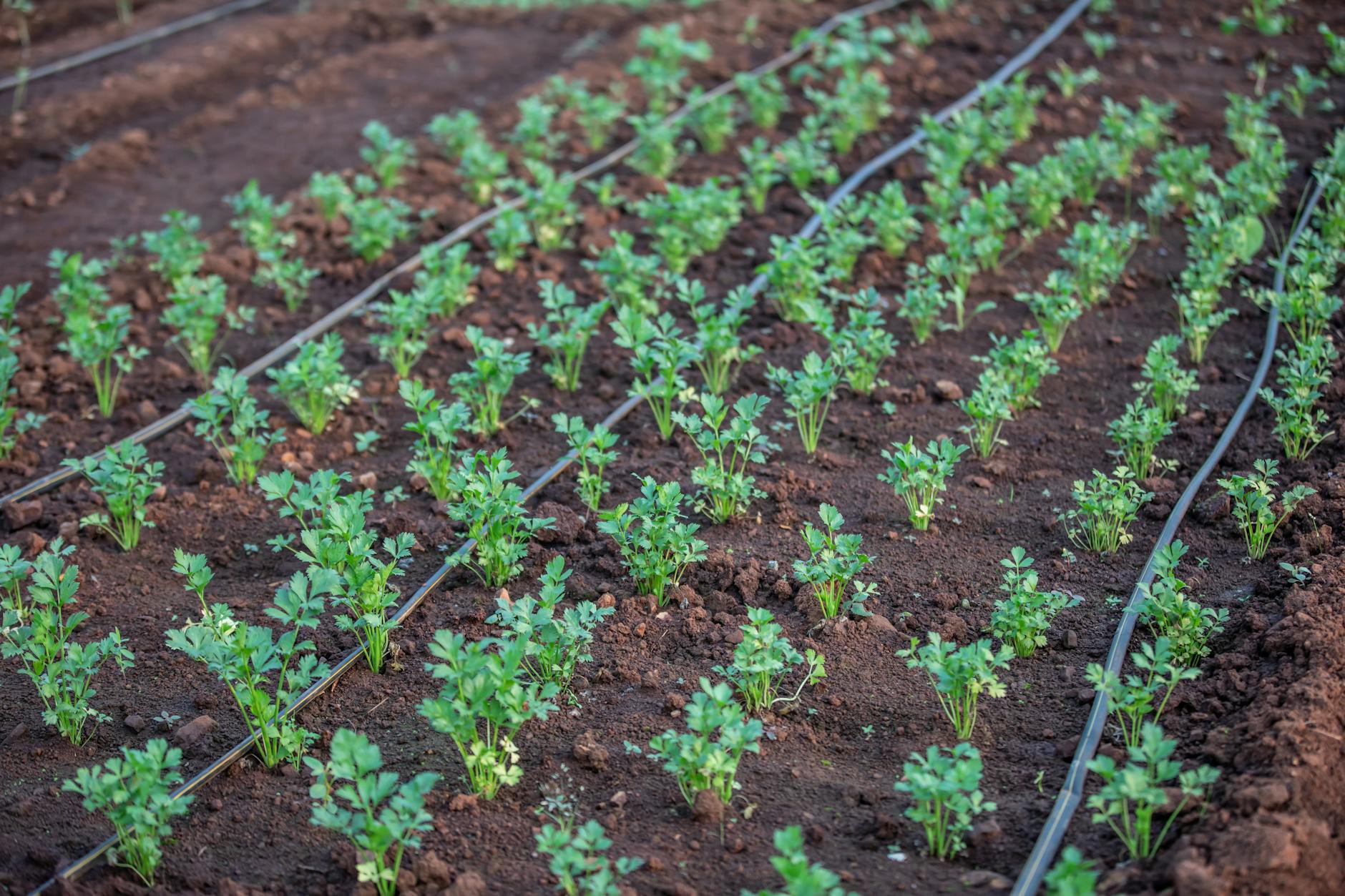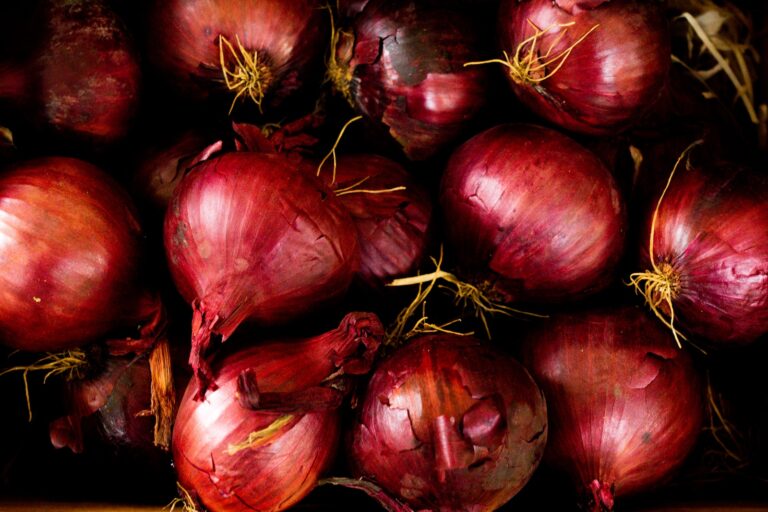What Are the Best Pest Management Techniques for Crop Farming in Kenya?
Are you a farmer in Kenya looking to maximize your crop yield while minimizing the damage caused by pests? Well, you're in luck! In this discussion, we will explore the best pest management techniques for crop farming in Kenya.
From crop rotation to biological control, from integrated pest management to cultural practices, and even the use of resistant crop varieties, there are a variety of strategies available to help you protect your crops and ensure a successful harvest.
But which techniques are the most effective? Which ones will give you the best results? Stick around, because we're about to reveal the answers you've been searching for.
Crop Rotation
Crop rotation is a fundamental agricultural practice that involves the systematic alternating of crops in a specific sequence on a particular piece of land to enhance soil health, control pests, and improve overall crop yields. It's a technique that has been used for centuries and has proven to be highly beneficial in maintaining the long-term productivity of agricultural systems.
One of the main benefits of crop rotation is its ability to improve soil health. By rotating crops, different plants with varying nutrient requirements are grown in the same field over time. This helps to prevent the depletion of specific nutrients in the soil and promotes a more balanced nutrient profile. Additionally, crop rotation can also help to break pest and disease cycles. Different crops attract different pests and diseases, so by rotating crops, farmers can disrupt the reproduction and survival of these pests, reducing the need for chemical pesticides.
There are several techniques that can be used for crop rotation. The simplest method involves dividing the land into different sections and rotating crops on each section every year. Another technique is known as spatial rotation, where different crops are planted in close proximity to each other, promoting beneficial interactions between the plants. Additionally, farmers can also use temporal rotation, where crops are rotated over a longer time period, such as every three or four years. This technique allows for a more comprehensive break in pest and disease cycles.
Biological Control
To further enhance pest management techniques in crop farming, an effective method to consider is biological control, which utilizes natural predators or parasites to regulate pest populations and minimize pesticide reliance. This approach offers several advantages and has been increasingly adopted in Kenya and other agricultural regions worldwide. Here are three key points to understand about biological control:
- Natural predators: Biological control relies on the use of natural enemies, such as predators or parasites, to target specific pests. These natural enemies can include insects, birds, spiders, nematodes, or even microorganisms. By introducing these organisms into the ecosystem, they can help control pest populations by feeding on them or interfering with their reproductive cycles.
- Pest-specific biocontrol: One of the strengths of biological control is its specificity. Unlike broad-spectrum pesticides that can harm beneficial organisms, biological control agents are often species-specific, meaning they only target the pest they're intended to control. This specificity helps protect non-target organisms, reducing the ecological impact of pest management activities.
- Integrated approach: Biological control is most effective when integrated with other pest management techniques. By combining biological control agents with cultural practices, such as crop rotation or trap cropping, and judicious use of pesticides, farmers can create a comprehensive pest management strategy that minimizes the reliance on chemicals and promotes long-term sustainability.
Through the utilization of natural predators and pest-specific biocontrol, biological control offers a promising and environmentally friendly approach to pest management in crop farming. By embracing this technique, Kenyan farmers can reduce their dependence on pesticides while maintaining sustainable and productive agricultural systems.
Integrated Pest Management
Integrated Pest Management (IPM) is a comprehensive approach that combines multiple strategies to effectively manage pests in crop farming while minimizing environmental impact and optimizing crop yields.
One of the key components of IPM is pest monitoring, which involves regular surveillance and assessment of pest populations to determine their abundance and potential impact on crops. By monitoring pests, farmers can identify the specific pests present in their fields and make informed decisions on the appropriate pest management strategies to implement.
In addition to pest monitoring, IPM also emphasizes the use of sustainable farming practices. This includes promoting biodiversity in and around the farm, as well as implementing cultural practices that enhance the natural resistance of crops to pests. For example, crop rotation can disrupt pest life cycles and reduce pest populations, while the use of cover crops can provide habitat for beneficial insects that prey on pests.
IPM also encourages the judicious use of pesticides, only as a last resort and in combination with other pest management strategies. This helps minimize the negative impacts of pesticides on human health and the environment.
Cultural Practices
Cultural practices play a vital role in the implementation of effective pest management strategies in crop farming. By adopting certain cultural practices, farmers can minimize the risk of pest infestations and reduce their dependence on chemical pesticides. Here are three key cultural practices that can help improve pest management in Kenya:
- Intercropping: Intercropping involves growing different crops in close proximity to one another. This practice disrupts the lifecycle of pests by creating a diverse and complex environment. By intercropping, farmers can confuse pests, making it harder for them to locate and attack their preferred host plants. Additionally, intercropping can promote natural pest control through the attraction of beneficial insects that prey on pests.
- Crop rotation: Crop rotation refers to the practice of growing different crops in a specific sequence on the same piece of land over a period of time. This helps to break the lifecycle of pests that are specific to certain crops. By rotating crops, farmers can reduce the buildup of pest populations and decrease the need for chemical pesticides.
- Enhancing soil fertility: Maintaining healthy soil fertility is crucial for pest management. Nutrient-rich soils promote strong plant growth, which in turn enhances the plant's natural defense mechanisms against pests. By using organic matter, such as compost or manure, farmers can improve soil fertility and create an environment that's less favorable to pests.
Implementing these cultural practices can contribute to sustainable pest management in crop farming. By reducing the reliance on chemical pesticides and promoting ecological balance, farmers can protect their crops while preserving the environment.
Chemical Control
Chemical control is a widely used approach in pest management that involves the application of synthetic pesticides to target and eliminate pest populations on crops. While it is an effective method for controlling pests, it is important to consider the potential negative impacts on human health and the environment. In recent years, there has been a growing interest in finding pesticide alternatives, especially in the context of organic farming.
Organic farming promotes the use of natural pest control methods and minimizes the use of synthetic pesticides. This approach focuses on building a healthy and balanced ecosystem that can naturally regulate pest populations. By enhancing biodiversity, improving soil quality, and implementing cultural practices such as crop rotation and intercropping, organic farmers can effectively manage pest populations without relying heavily on chemical control.
Here is a table highlighting the key differences between chemical control and organic farming:
| Aspect | Chemical Control | Organic Farming |
|---|---|---|
| Pest Management | Relies on synthetic pesticides | Emphasizes natural pest control |
| Environmental Impact | May contribute to pollution | Minimizes harm to the environment |
| Human Health Concerns | Potential risks from pesticide exposure | Prioritizes human health and safety |
| Sustainability | May lead to pesticide resistance | Focuses on long-term sustainability |
| Cost | Can be costly due to pesticide purchases | Focuses on cost-effective methods |
Use of Resistant Crop Varieties
The use of resistant crop varieties is a strategic approach to managing pests in crop farming, as it provides natural defense mechanisms against specific pest species. This method involves the cultivation of crop varieties that have been genetically modified or bred to possess traits that make them less susceptible to pest damage.
Here are three key points to consider when using resistant crop varieties:
- Genetic modification: Resistant crop varieties can be developed through genetic modification techniques, where specific genes are inserted into the plant's DNA to enhance its resistance to pests. This approach allows for targeted and precise modifications to be made, resulting in crops that are better equipped to fend off pests.
- Targeted defense mechanisms: Resistant crop varieties often possess built-in defense mechanisms that can help them withstand pest attacks. These mechanisms can include the production of toxic compounds, the ability to repel pests through natural odors, or physical traits that make it difficult for pests to feed on or penetrate the crop.
- Compatibility with organic farming: The use of resistant crop varieties aligns well with organic farming practices, as it reduces the reliance on chemical pesticides. By utilizing crop varieties that are naturally resistant to pests, farmers can minimize the need for synthetic pesticides while still protecting their crops from damage.



